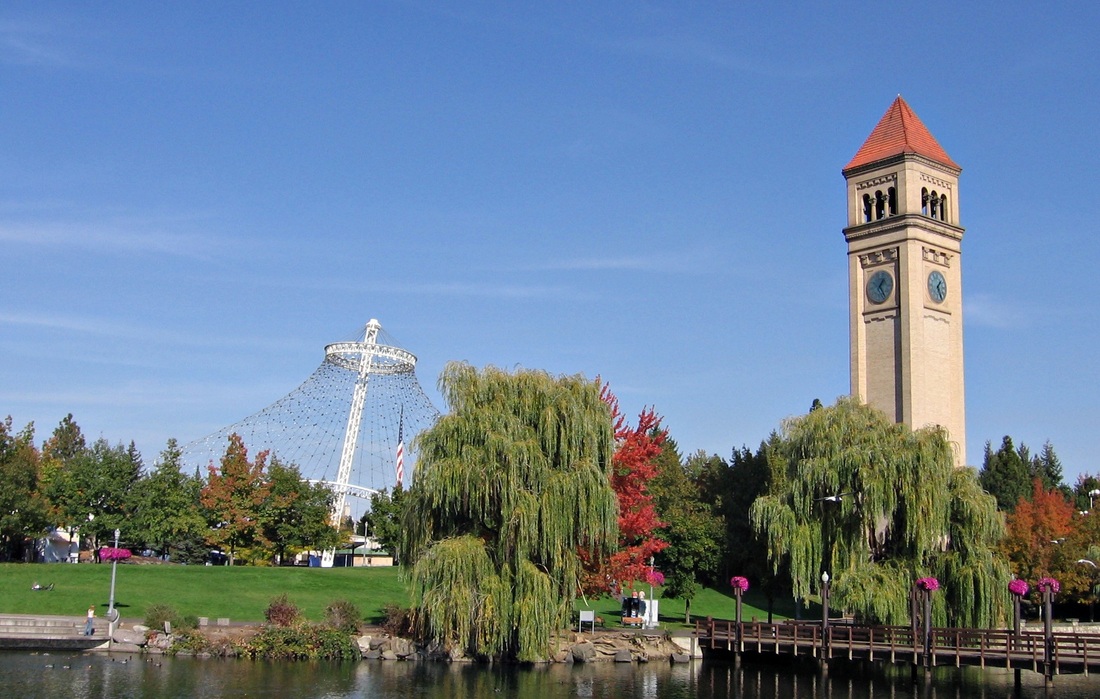|
J. William T. "Bill" Youngs, The Fair and the Falls: Spokane’s Expo ’74: Transforming an American Environment, Chapter Twenty-One
|
"Riverfront Park" courtesy of the Wiki Commons
|
Chapter Twenty-One: Spokane Falls, An American Environment
|
SummaryExpo '74 brought many changes to Spokane. But the city's problems are far from over; Spokane still must content with such issues as suburban growth, urban decay, and river pollution. Nonetheless, the fair provided a new impetus to face these challenges.
|
Author reads from the Text
"Everything kind of went"
"Two decades after the fair, suburban housing and malls continue to draw customers away from businesses by the falls. Penney's has abandoned its once-promising downtown store, and the Crescent, once Spokane's premier department store, was acquired by an out-of-town chain, Frederick and Nelson, which then went bankrupt. In 1995 the Bon and Nordstroms were considering leaving downtown. Clearly the problems that led to the Ebasco study thirty-five years before were not entirely laid to rest by the world's fair."
"The feeling of community"
"But even as Spokane is building on the legacy of the fair, urban growth poses new challenges to the aesthetics of the river. The problem can be as modest as a controversial restaurant at Cavanaugh's Inn at the Park which juts out over the bike path close to the river. Or it can involve issues fundamental to the entire setting of the falls. In 1994 a dispute arose in Spokane over building another bridge over the Spokane River; opponents noted that the removal of the old clutter was one of the great achievements of the fair. Why build a new bridge and lose some of what was gained during the exposition? Another dispute arose over the possibility of a condominium rising on land directly in front of the high glass windows from which library patrons currently look out over the river. Standing on the third floor of the new downtown library, looking out at a magnificent view of the river, one wonders, will the falls be lost again?"
"Water thundering over rocks"
"Riverfront Park today has recaptured some of the natural beauty of the original Spokane Falls. The view from the footbridges across the river at the tip of Canada Island is as grand as any witnessed by James Glover or the Indians before him, especially when the spring run-off sends the water thundering over the rocks. But in many ways the setting is vastly different than the scene of 1873. Tall buildings loom over Havermale Island; well-kept lawns on the island have replaced wild brush and basalt rock. River channels seen by Glover have been filled in and river rocks have been blasted away. The modern setting is both natural and man-made. Sometimes it is difficult to know which objects appear as they did in 1873 and which have been changed. Where, for example, is the 'great rock' on which James Glover sat during the morning of his first day in Spokane when he was, as he said, 'enchantedÑoverwhelmed' with the beauty of everything he saw?"

